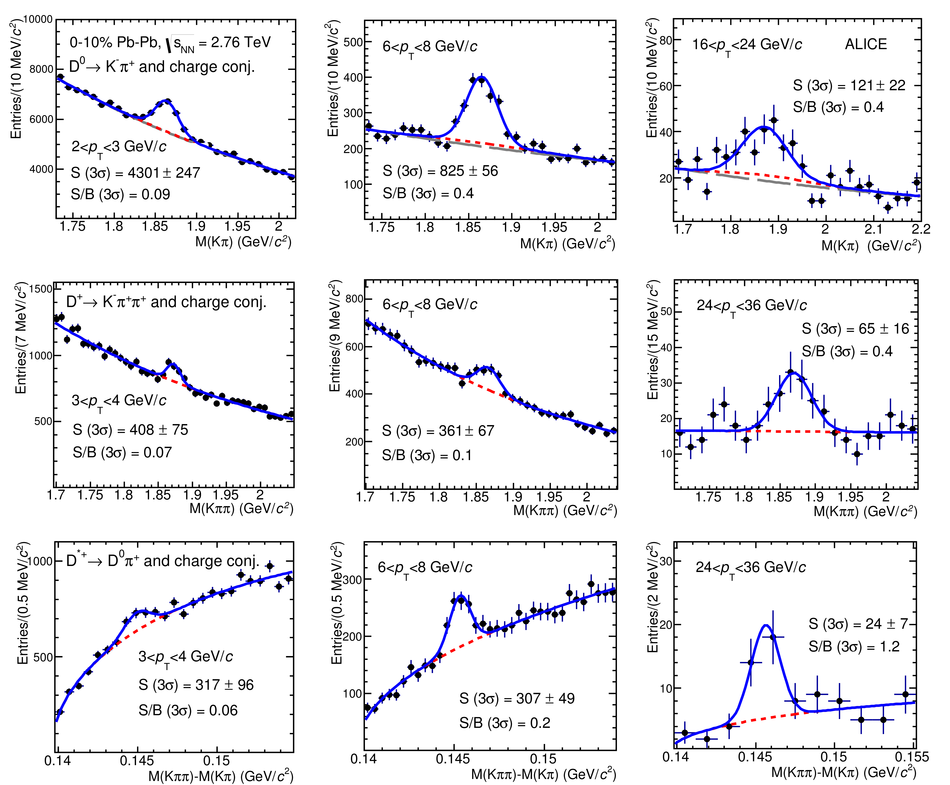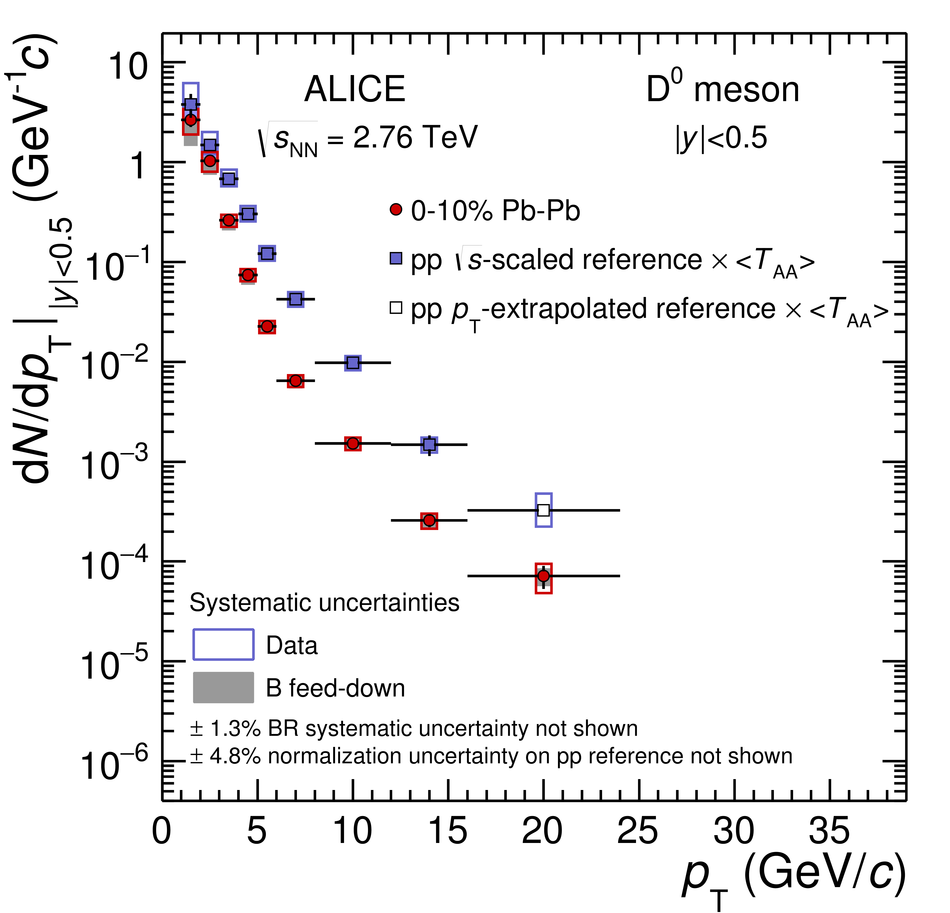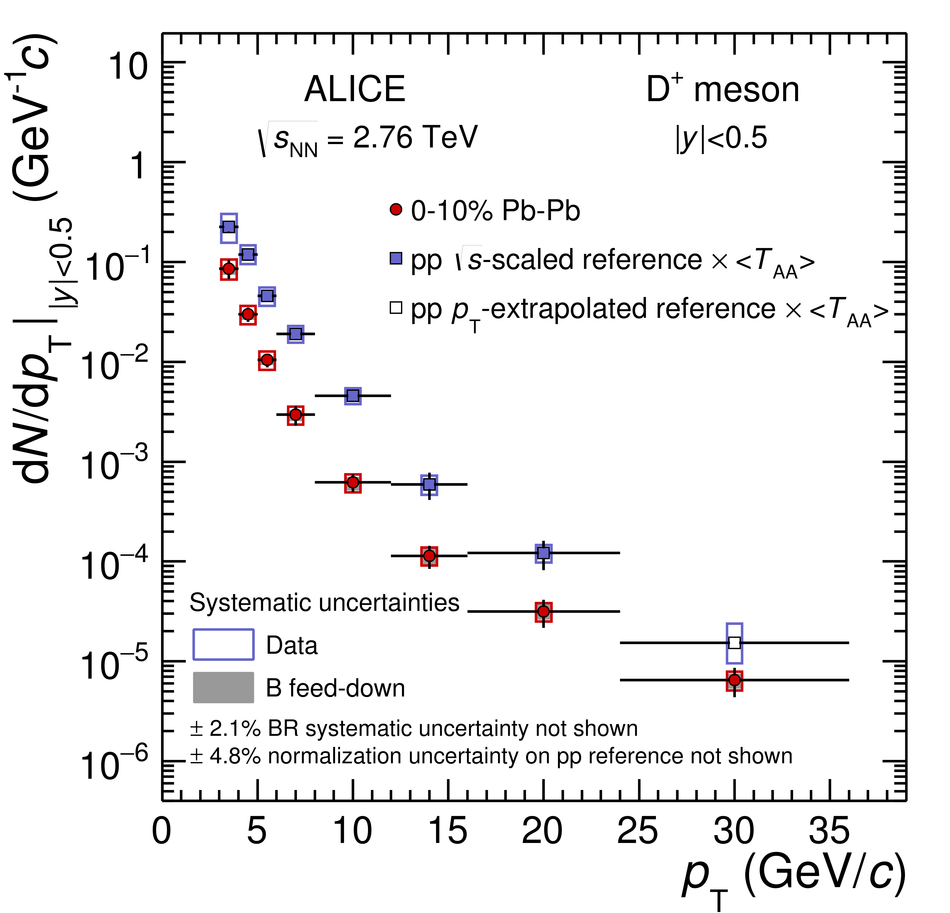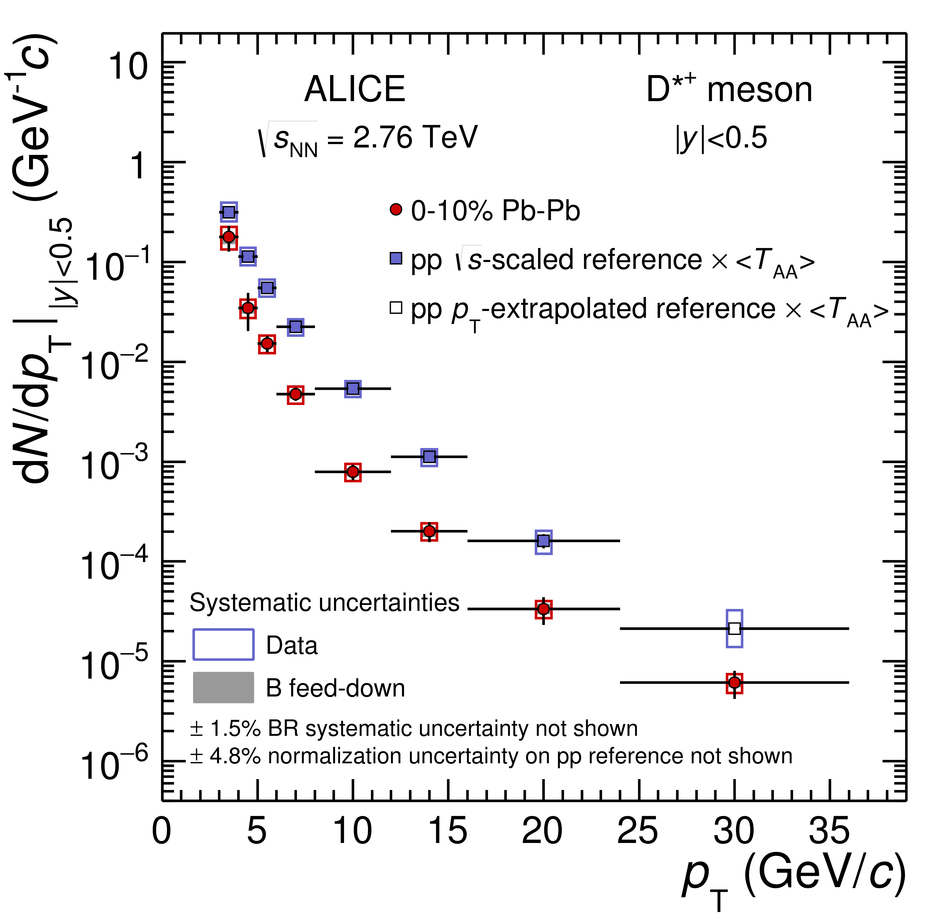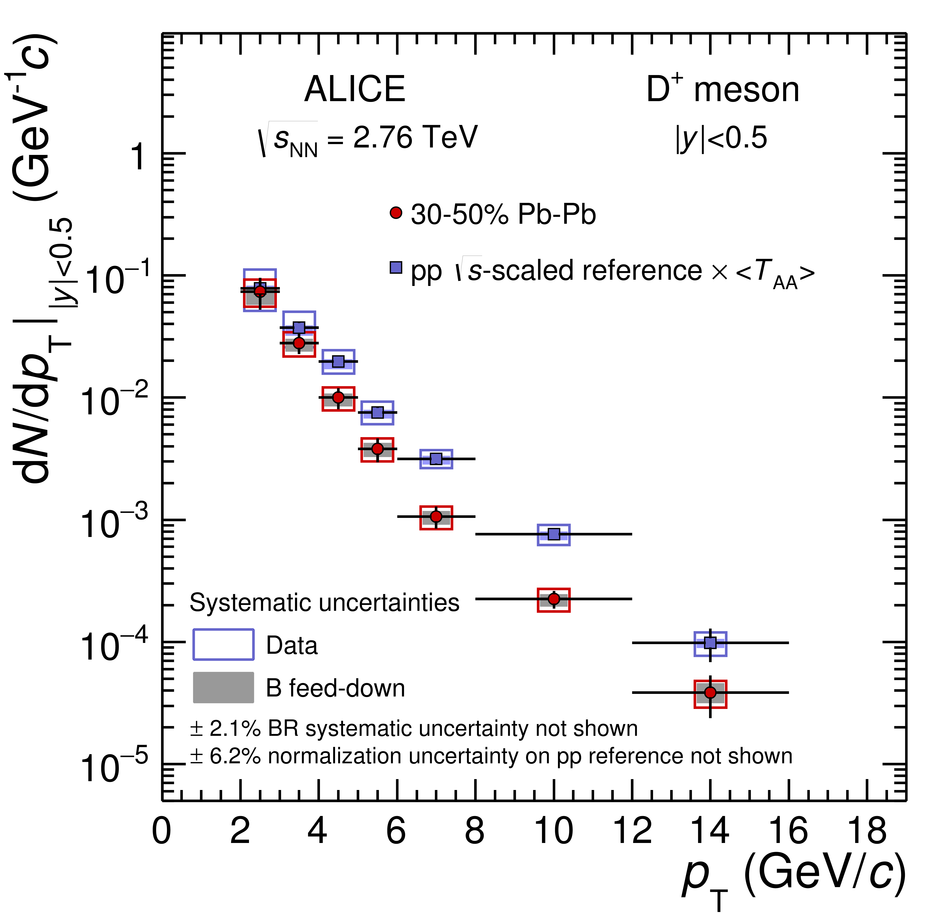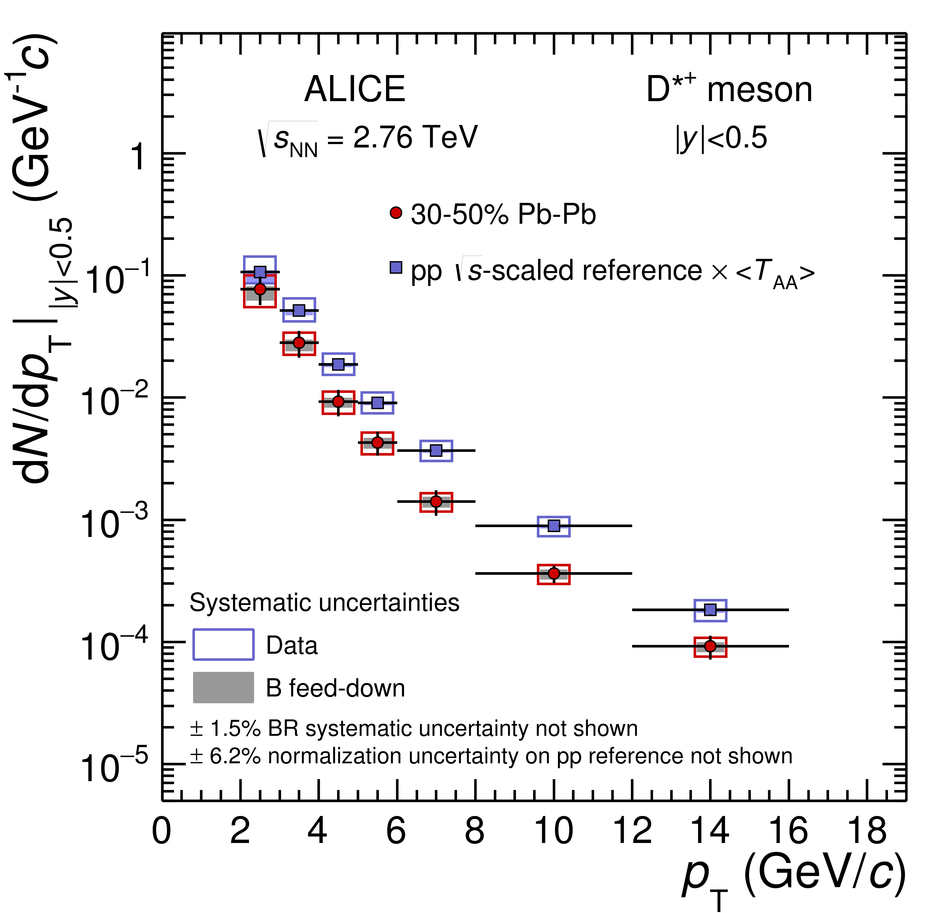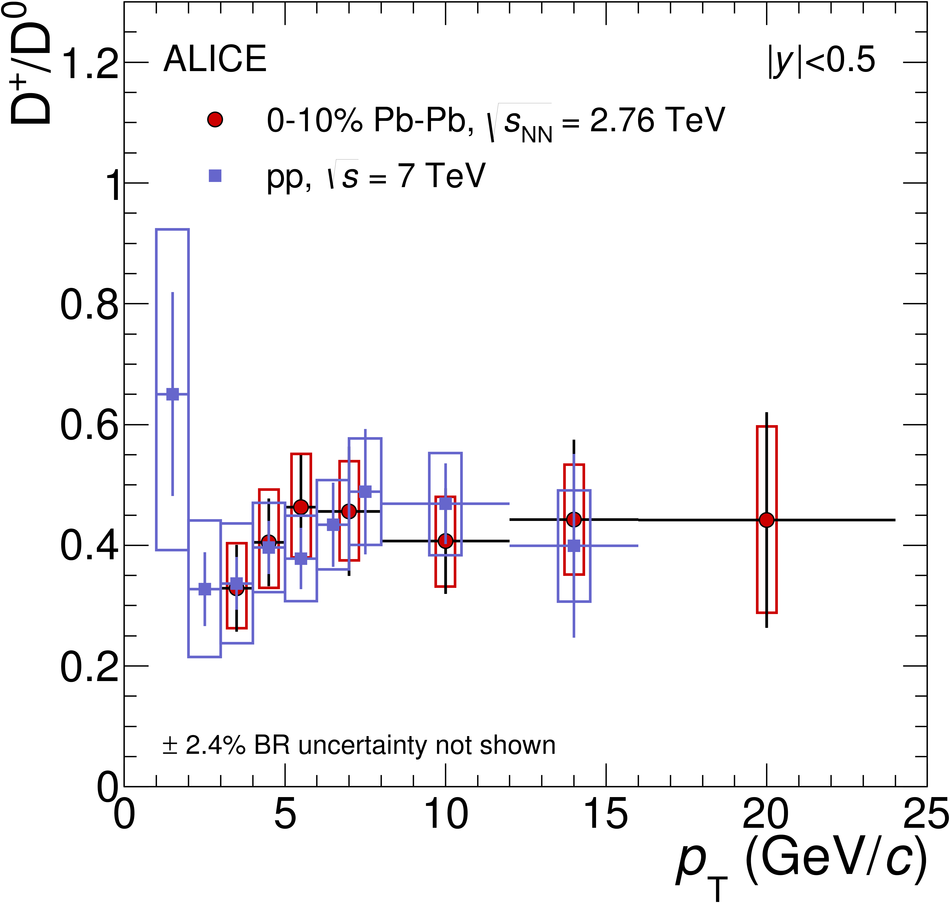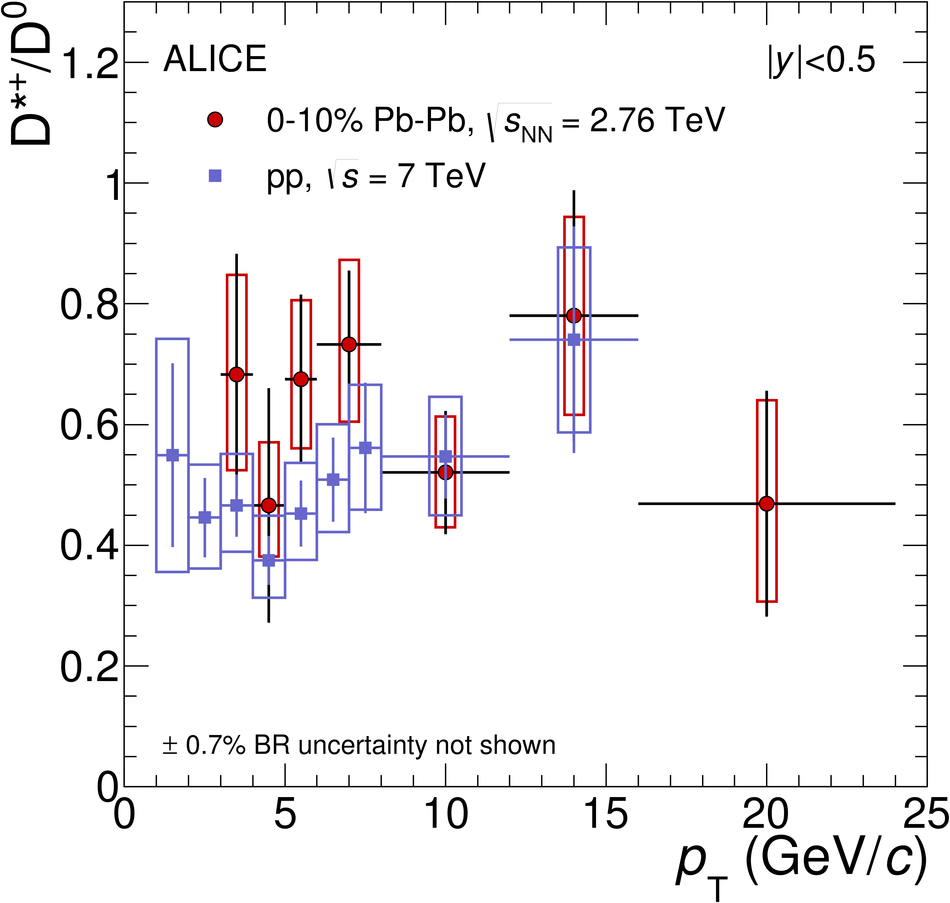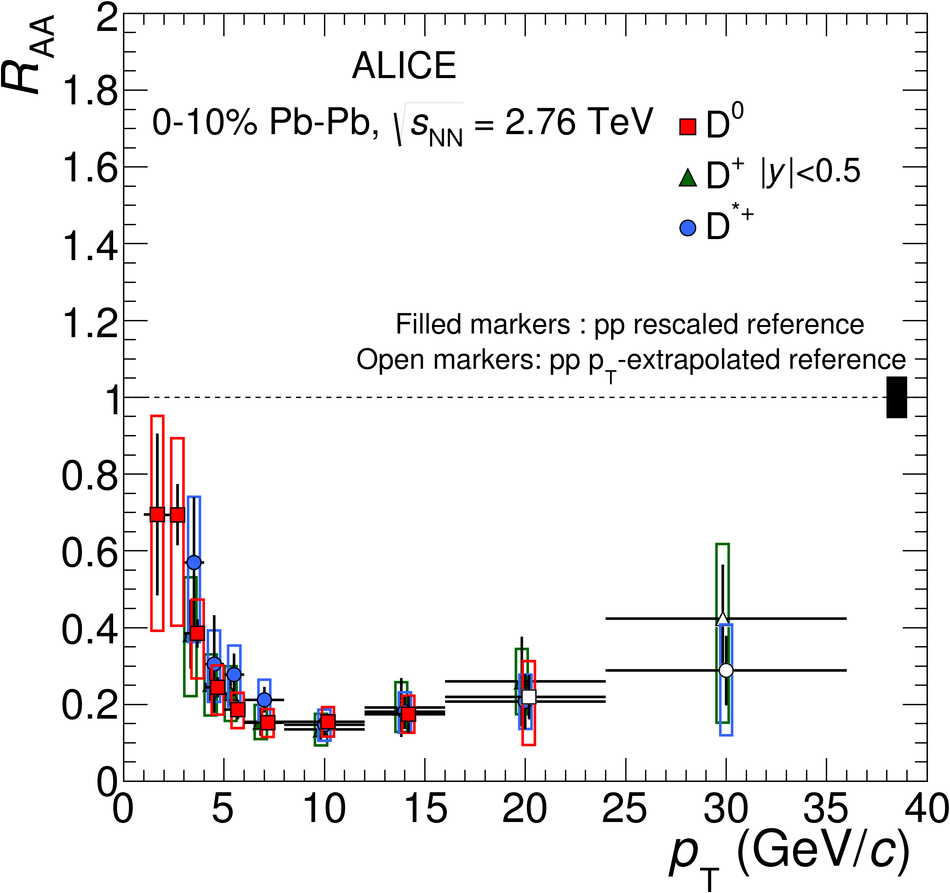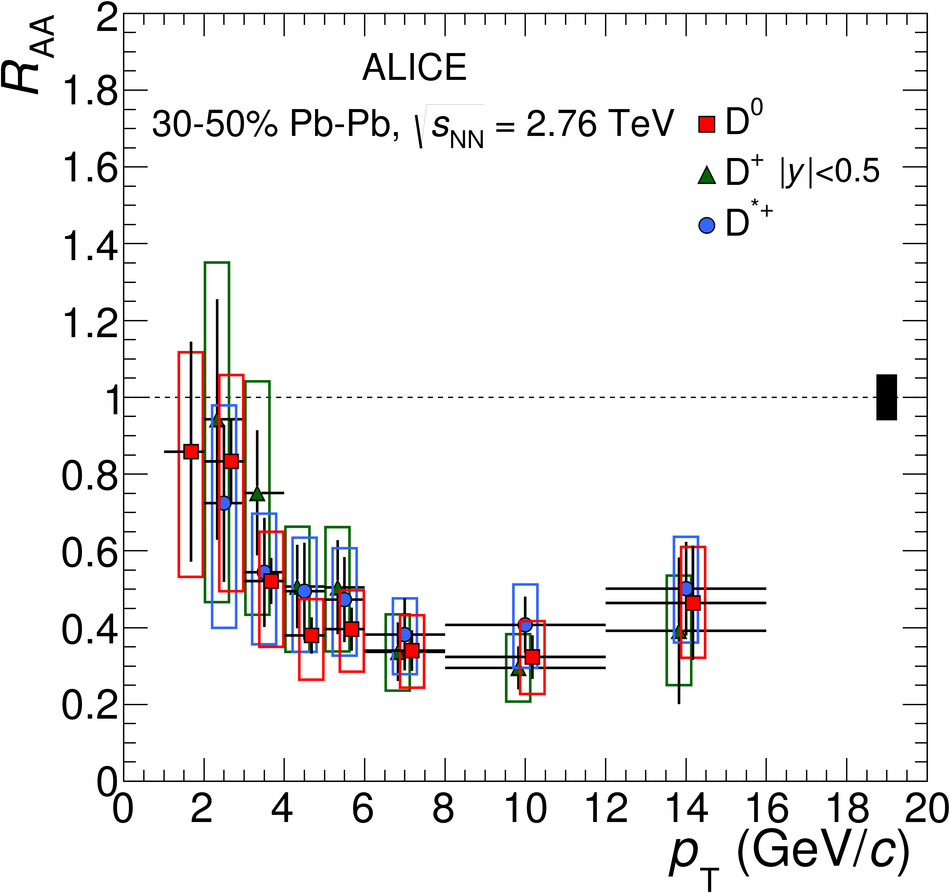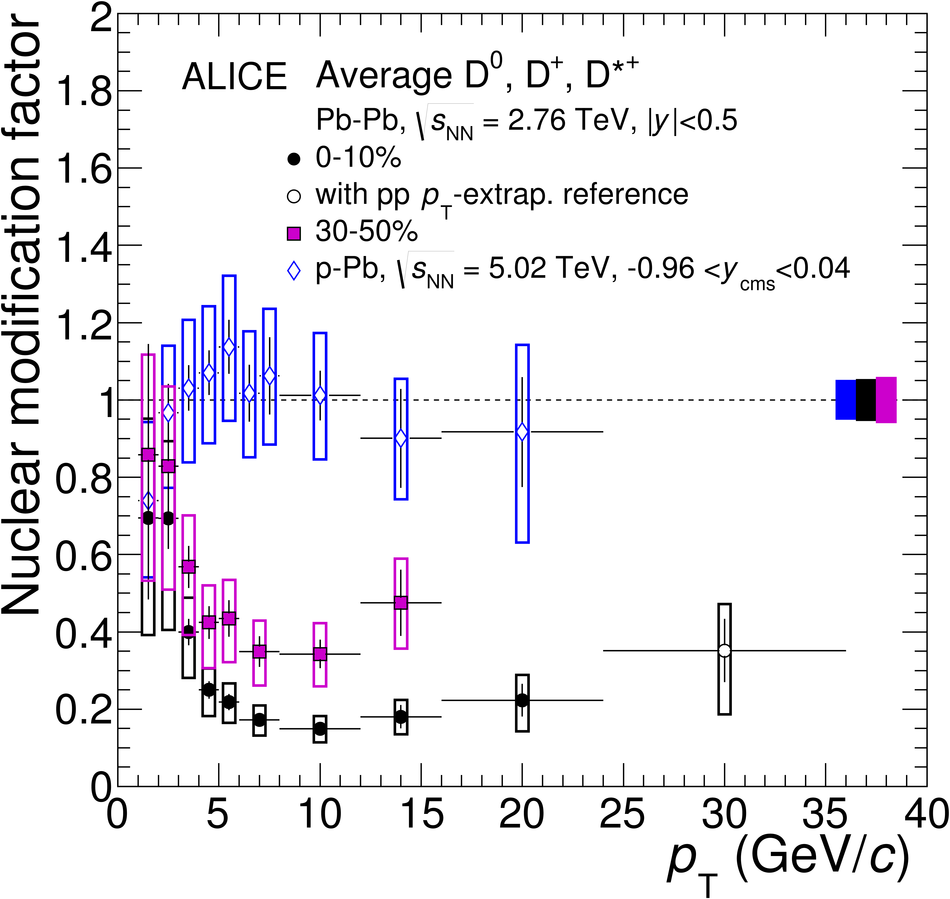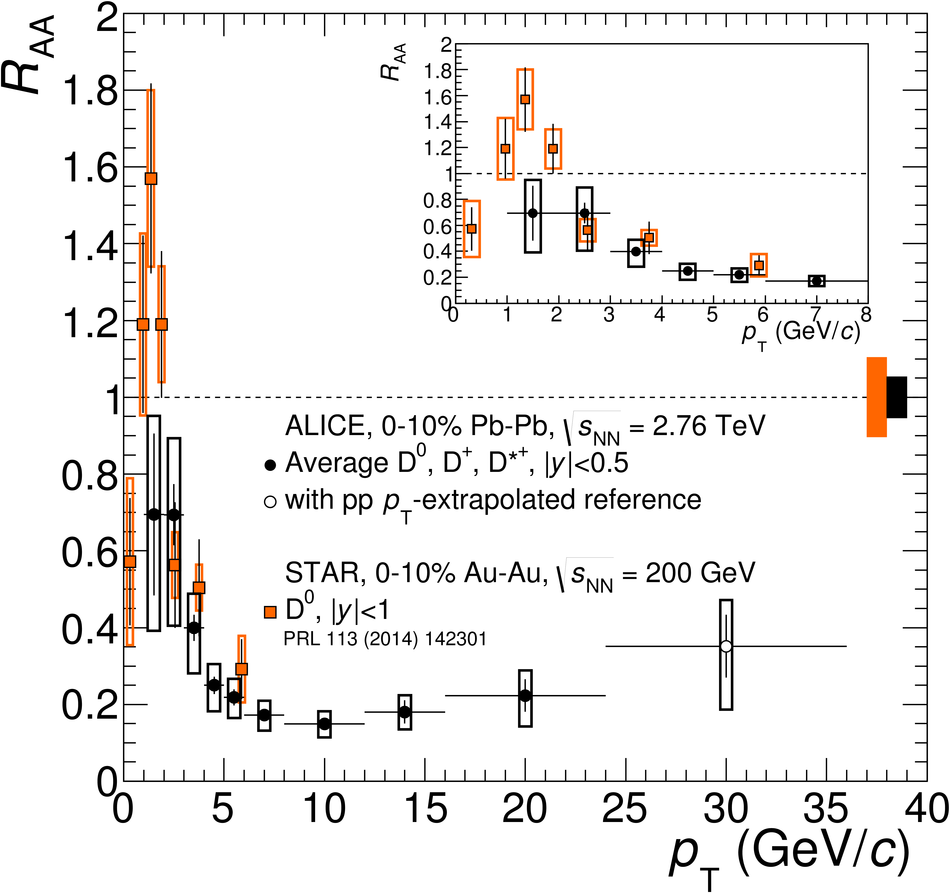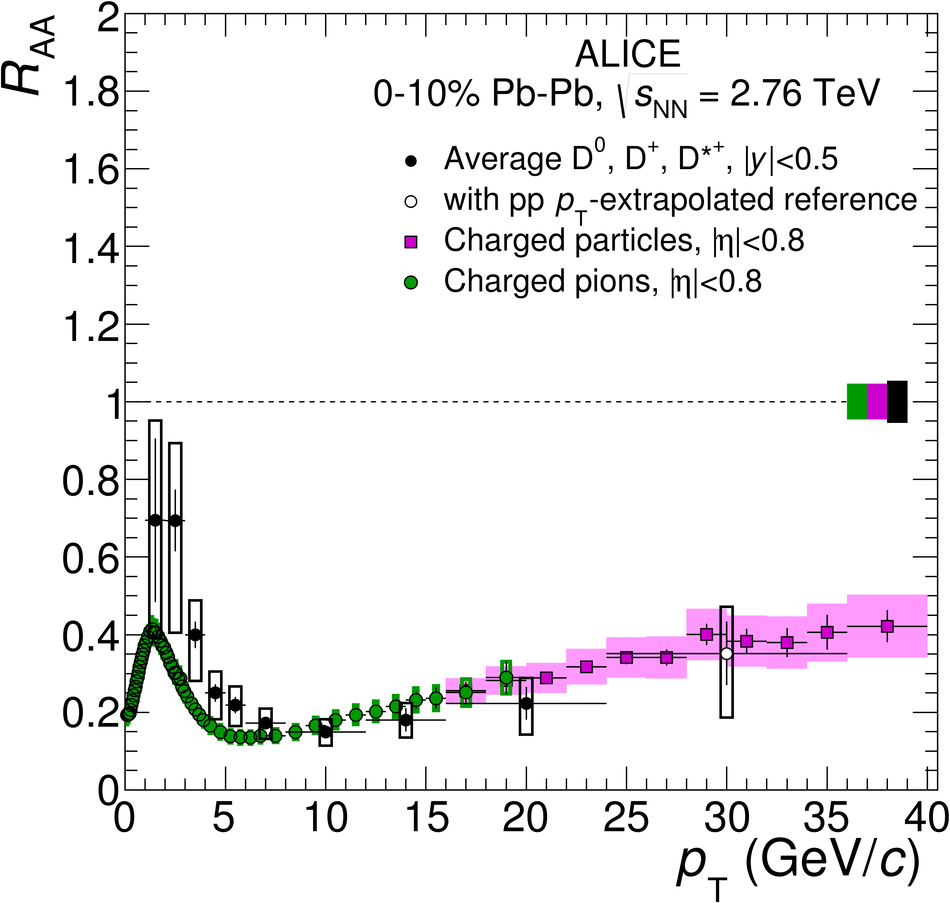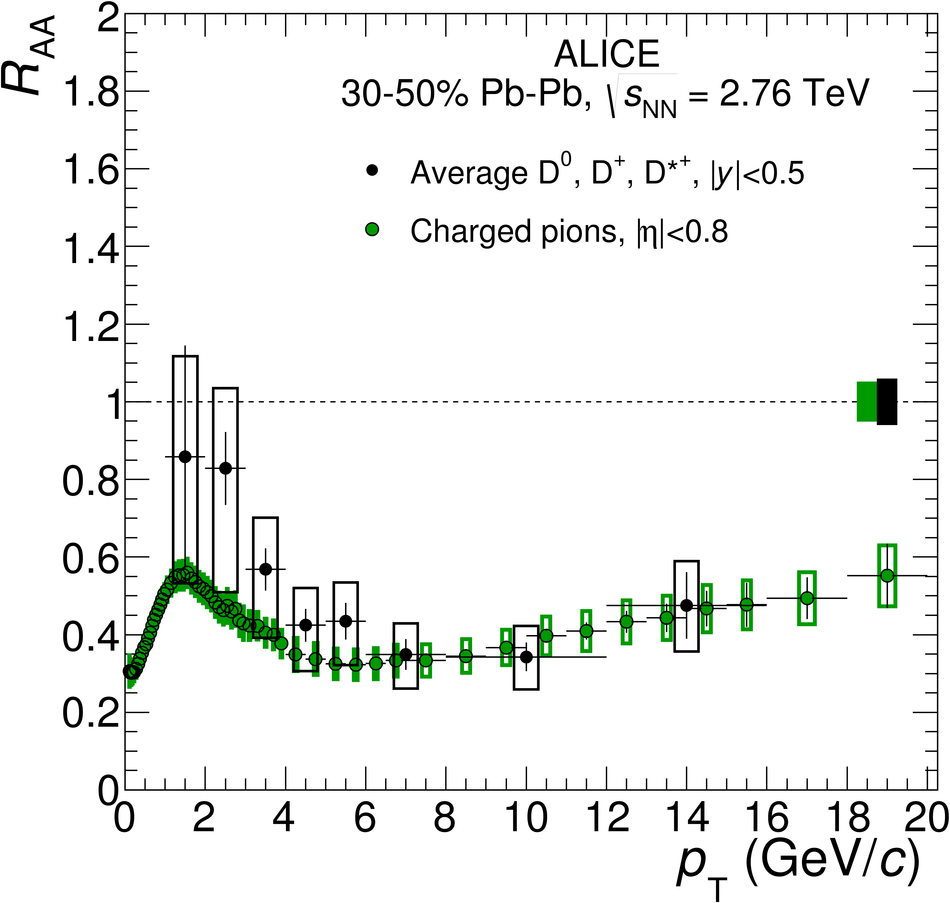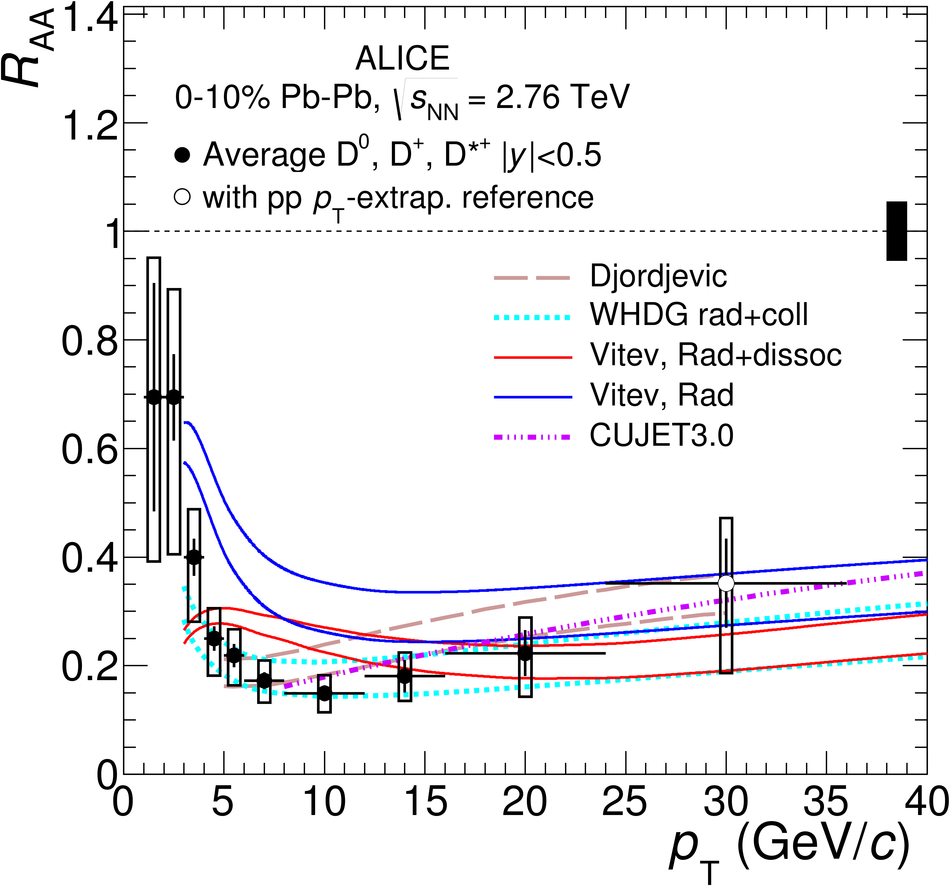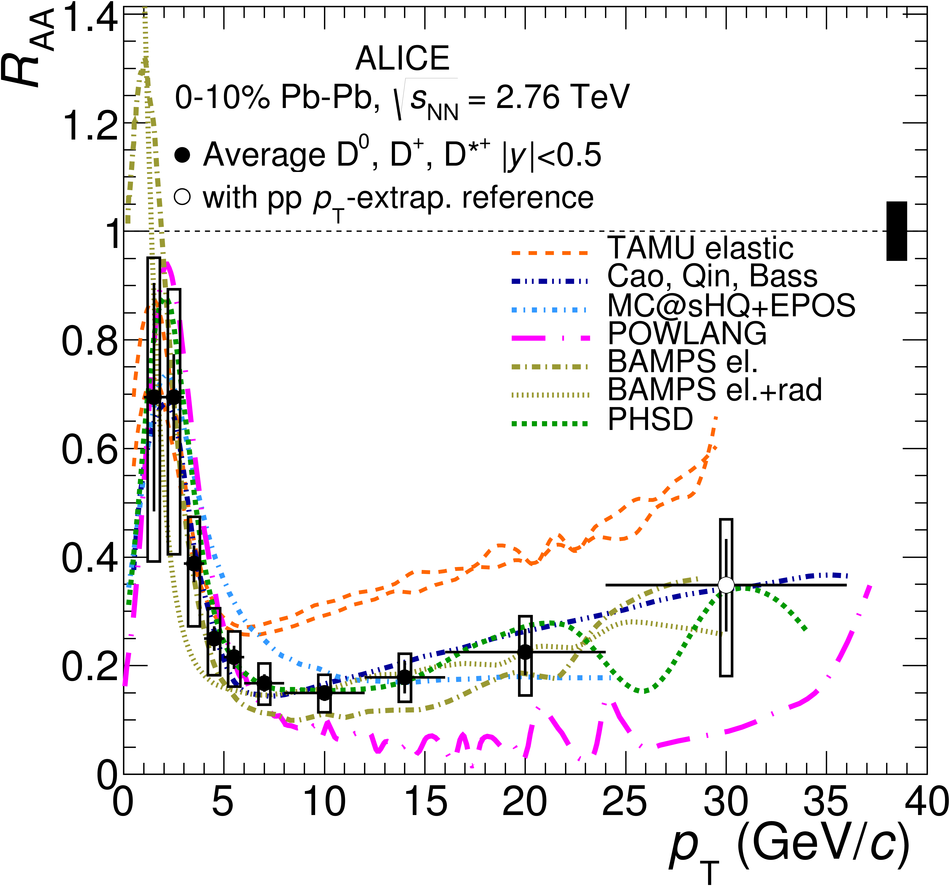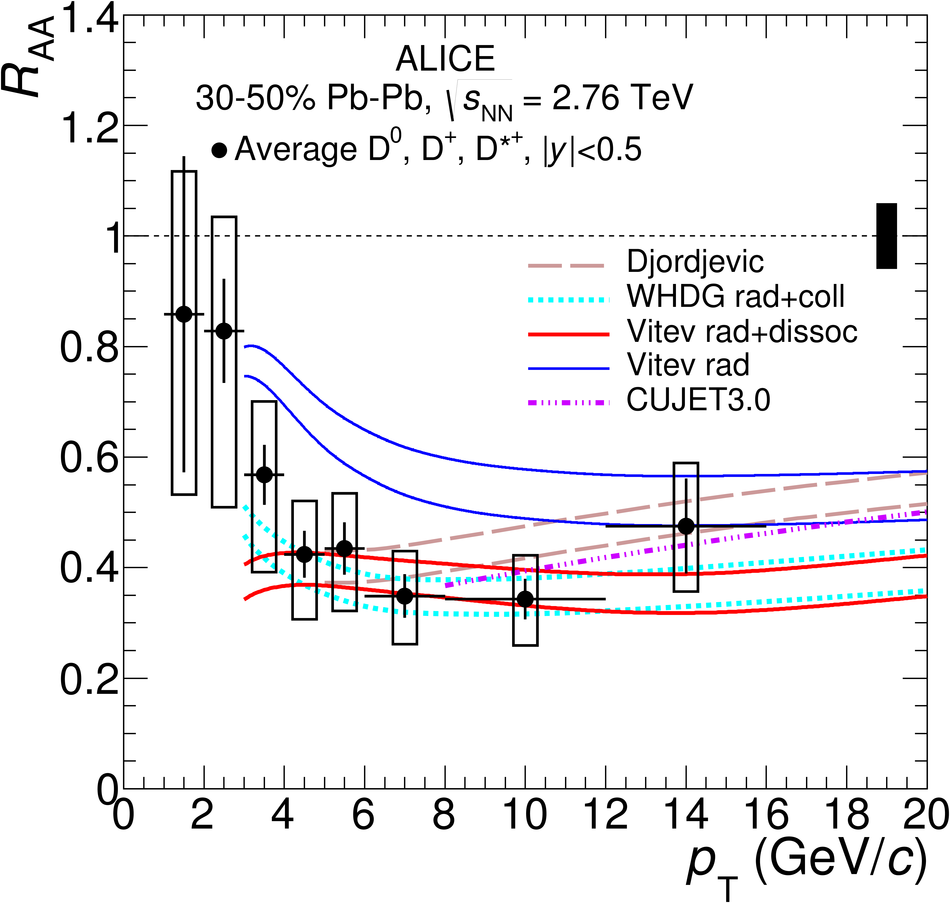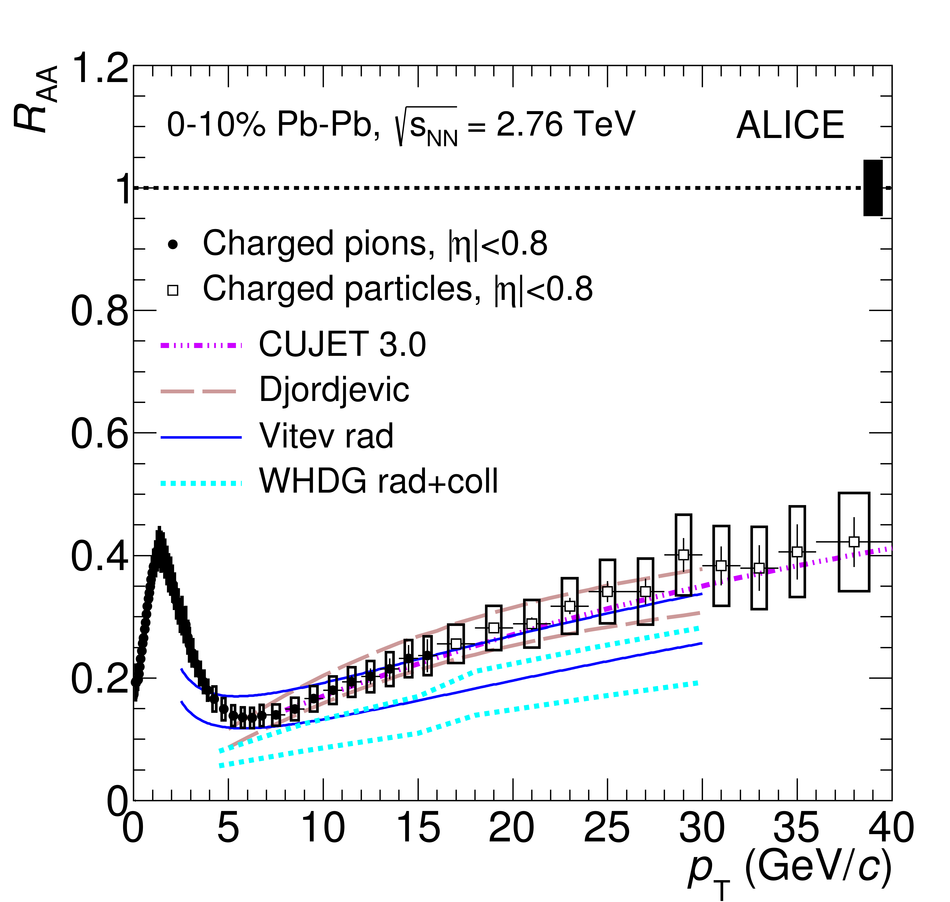The production of prompt charmed mesons D$^0$, D$^+$ and D$^{*+}$, and their antiparticles, was measured with the ALICE detector in Pb-Pb collisions at the centre-of-mass energy per nucleon pair, $\sqrt{s_{\rm NN}}$, of 2.76 TeV. The production yields for rapidity $|y|<~0.5$ are presented as a function of transverse momentum, $p_{\rm T}$, in the interval 1-36 GeV/$c$ for the centrality class 0-10% and in the interval 1-16 GeV/$c$ for the centrality class 30-50%. The nuclear modification factor $R_{\rm AA}$ was computed using a proton-proton reference at $\sqrt{s} = 2.76$ TeV, based on measurements at $\sqrt{s} = 7$ TeV and on theoretical calculations. A maximum suppression by a factor of 5-6 with respect to binary-scaled pp yields is observed for the most central collisions at $p_{\rm T}$ of about 10 GeV/$c$. A suppression by a factor of about 2-3 persists at the highest $p_{\rm T}$ covered by the measurements. At low $p_{\rm T}$ (1-3 GeV/$c$), the $R_{\rm AA}$ has large uncertainties that span the range 0.35 (factor of about 3 suppression) to 1 (no suppression). In all $p_{\rm T}$ intervals, the $R_{\rm AA}$ is larger in the 30-50% centrality class compared to central collisions. The D-meson $R_{\rm AA}$ is also compared with that of charged pions and, at large $p_{\rm T}$, charged hadrons, and with model calculations.
JHEP 03 (2016) 081
HEP Data
e-Print: arXiv:1509.06888 | PDF | inSPIRE
CERN-PH-EP-2015-252

